This Decision Regulation Impact Statement (RIS) is the result of Safe Work Australia’s review of the current toxicological information and overseas trends in the regulation of lead in the workplace.
Under the model Work Health and Safety Laws, workplaces that handle or use hazardous chemicals must use the hierarchy of controls to manage health and safety risks.
If your work involves lead, as the PCBU, you may have additional duties under the model Work Health and Safety (WHS) Regulations.
Lead is a hazard to worker health and safety. Learn about lead in the workplace and the health effects from working with it.
When you make work health and safety (WHS) a priority, workers are more likely to make it a priority too.
We have developed 5 leadership principles to help you make WHS part of your workplace culture.
Inorganic lead (lead) and lead compounds are found in many workplaces.
The model Work Health and Safety (Blood Lead Removal Levels) amended Regulations 2018 – model provisions amends:
-
R394 Meaning of lead risk work
-
R407 Frequency of biological monitoring
The Australian Work Exposures Study (AWES) was a national survey conducted by the Western Australian Institute of Medical Research (WAIMR) in 2011–12 that investigated work-related exposures among Australian workers to 38 known or suspected carcinogens.
This information sheet provides advice on the current laws and requirements when managing inorganic lead in the workplace.
This report:
This guide helps doctors monitor the health of workers exposed to inorganic lead.
This model Code of Practice has been developed to provide practical guidance on how to manage health and safety risks associated with hazardous chemicals for persons conducting a business or undertaking who use chemicals in their workplace.
